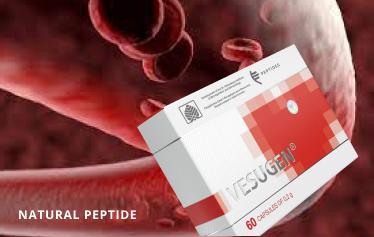Main idea: Lipid-protein co-aggregation leads to changes in composition, molecular organization, morphology, lipid molecular dynamics, and surface properties of amyloid fibrils. It may also influence the association of amyloid fibrils with other molecules and assemblies, for example, cell membranes. α-syclein might remodel membranes and form co-aggregates with membrane lipids. Protein-lipid co-aggregates will have distinct physicochemical properties compared to protein-alone aggregates and extraction of components from the lipid membrane may affect the membrane properties.
Abstract
α-Synuclein is a membrane-interacting protein involved in Parkinson’s disease. Here we have investigated the co-association of α-synuclein and lipids from ganglioside-containing model membranes. Our study relies on ganglioside lipids which are found in high amounts in neurons and exosomes. They play a role in the cell-to-cell prion-like transmission of misfolded α-synuclein. Samples taken along various stages of the aggregation process were imaged using cryogenic transmission electron microscopy, and the composition of samples corresponding to the final state analyzed using NMR spectroscopy. Combined data show that α-synuclein co-assembles with lipids from the ganglioside (GM1)-containing model membranes. The samples observed during the aggregation process contain non-vesicular objects not present at the final stage. This captures the co-existence of species under non-equilibrium conditions. A range of different lipid-protein co-assemblies are observed during the time course of the reaction and some of these appear to be transient assemblies that evolve into other co-aggregates over time. At the end of the aggregation reaction, the samples become more homogeneous. NMR analysis shows that the ratio of GM1 to phosphatidylcholine in the supernatant of the co-aggregated samples is significantly reduced compared to the GM1/PC ratio of the lipid dispersion. This indicates a selective uptake of GM1 into the fibrillar aggregates and removal of GM1-rich objects from the solution.
Source Frontiers












Leave a Reply
You must be logged in to post a comment.